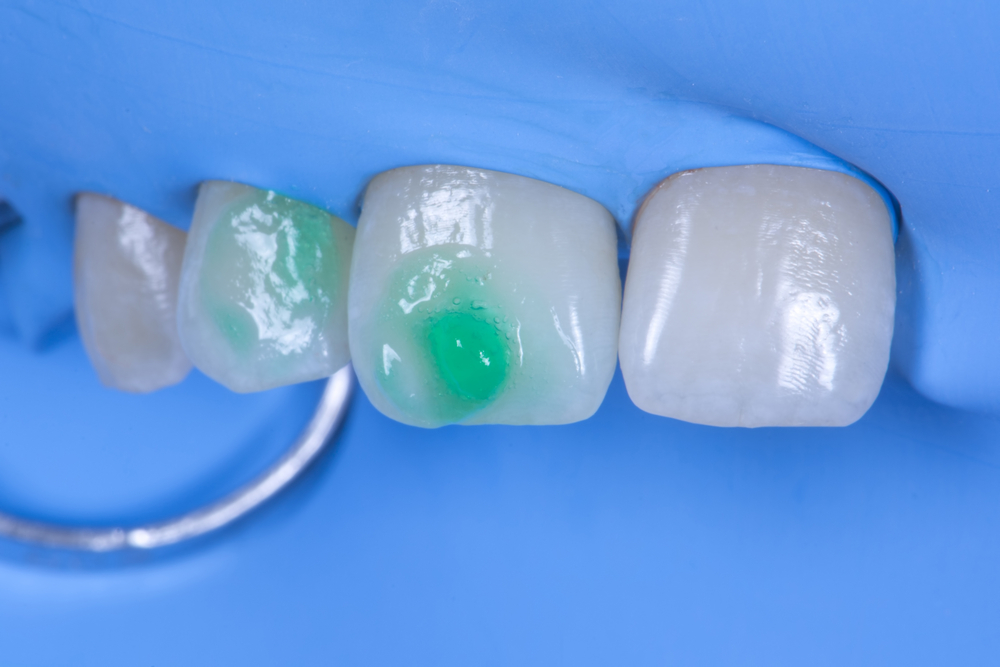
Enamel hypoplasia is a condition that affects the development of the enamel on the teeth. Enamel is the hard, protective coating on the surface of the teeth that helps to protect against decay and damage.
For those who are living with enamel hypoplasia, the enamel is either malformed or underdeveloped, making the teeth more susceptible to decay, sensitivity, and discoloration.
The good news is that there are a number of treatments for enamel hypoplasia, including enamel hypoplasia treatment for children and babies that are natural and safe.
Enamel Hypoplasia Treatment Options
There are several treatment options available for enamel hypoplasia that may be more or less appropriate depending on the severity of the case, including these:
- Bonding: A composite resin material is applied to the affected tooth and shaped to resemble a normal tooth. This is a relatively inexpensive and noninvasive option that can improve the appearance of the affected tooth.
- Veneers: A thin shell of porcelain is applied to the front of the affected tooth. Veneers are more durable than bonding and can improve the appearance of the affected tooth. They are more expensive than bonding and require some tooth reduction.
- Crowns: A dental crown is used to cover the entire affected tooth. Crowns are the most durable option, but they are also the most invasive and expensive. They can be used to restore the affected tooth to its normal shape, size, and function.
- Preventive measures: In some cases, fluoride treatments or sealants can be used to prevent further damage to the affected teeth. This can include fluoride supplements, fluoride gels or varnishes, and dental sealants.
Natural Enamel Hypoplasia Treatments
Natural or holistic dentistry emphasizes the use of the least invasive treatment option and the use of materials that are safe for the individual and the environment. When it comes to the treatment of enamel hypoplasia, there are a number of options that speak to that world view, providing patients — even babies and children — with safe treatment for the issue.
For less severe cases, natural options like fluoride supplements or dental sealants may be a simple solution. When a more intensive response is needed, the most holistic and natural choice would be to use safe materials when creating crowns, veneers, and bonding.
Which Enamel Hypoplasia Treatment Is Right for Me?
Ultimately, the best treatment option for you will depend on the severity of your enamel hypoplasia, the location of the affected teeth, and your personal preferences.
At Dison Family Dentistry, we can take a look at what’s happening with your enamel hypoplasia and make a recommendation based on a thorough examination of your teeth and oral health. It’s important to note that enamel hypoplasia should be treated as early as possible. If left untreated, the issue can quickly lead to more severe dental issues.
Call Dison Family Dentistry to set up your first appointment today.
